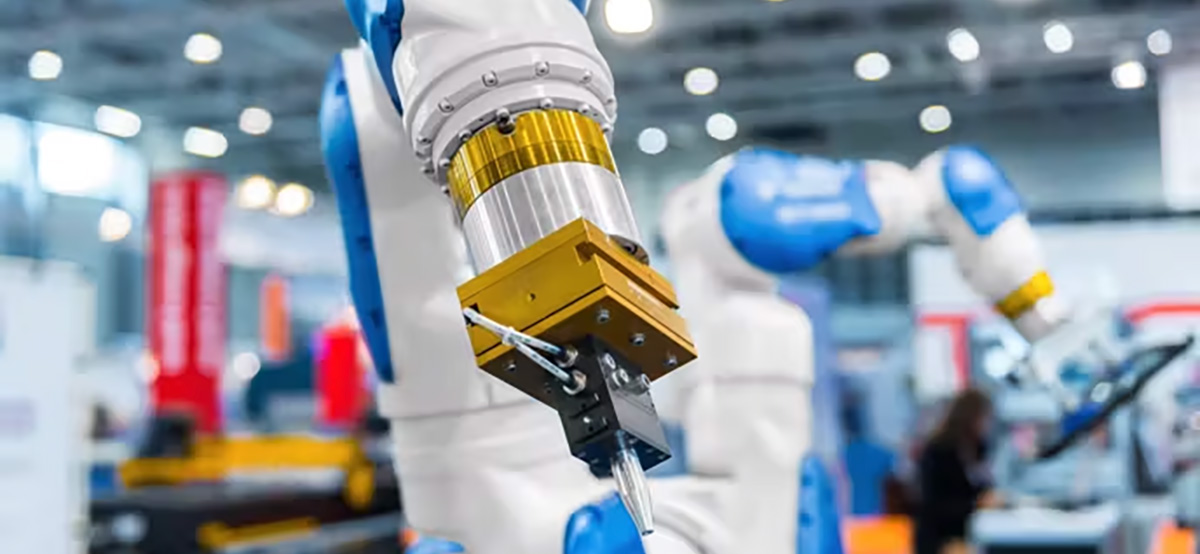Introduction
In the realm of technological advancement, the convergence of autonomy and robotics has emerged as a transformative force, reshaping industries and daily life. At the heart of this convergence lies connectivity – the seamless interaction and coordination among autonomous systems and robotic entities. This article delves into the multifaceted landscape of autonomy and robotics connectivity, exploring its applications, challenges, and the future trajectory of this dynamic field.
Understanding Autonomy and Robotics Connectivity
Autonomy refers to the ability of a system to make decisions and act independently, often guided by artificial intelligence and sensors. Robotics, on the other hand, involves the design, construction, and operation of robots to perform tasks traditionally carried out by humans. Connectivity in this context entails the integration of autonomous systems and robots with each other, as well as with external networks and devices, enabling data exchange, communication, and collaboration.
Applications Across Industries
The synergy of autonomy and robotics connectivity has catalyzed innovation across various industries:
Manufacturing: In factories, interconnected robots collaborate seamlessly to streamline production processes, enhance efficiency, and adapt to changing demands in real-time.
Healthcare: Autonomous robotic systems equipped with connectivity capabilities assist healthcare professionals in tasks such as surgery, patient care, and medication management, improving precision and reducing human error.
Agriculture: Connected autonomous robotic harvesters optimize crop monitoring, spraying, and harvesting, revolutionizing agricultural practices for increased yield and sustainability.
Transportation: The advent of autonomous vehicles interconnected with smart infrastructure promises safer, more efficient transportation systems through real-time data sharing and coordination.
Logistics and Warehousing: Robotic systems integrated with connectivity features automate inventory management, order fulfillment, and warehouse operations, enhancing speed and accuracy.
Challenges and Considerations
Despite its immense potential, autonomy and robotics connectivity also pose several challenges:
Security: The interconnected nature of autonomous systems and robots raises concerns about cybersecurity vulnerabilities, necessitating robust measures to safeguard data and prevent unauthorized access.
Interoperability: Ensuring seamless communication and compatibility among diverse autonomous platforms and robotic devices remains a key challenge, requiring standardization efforts and interoperability protocols.
Ethical and Legal Implications: The proliferation of connected autonomous systems raises complex ethical dilemmas regarding accountability, liability, and privacy, necessitating ethical frameworks and regulatory frameworks to address these concerns.
Reliability and Safety: Maintaining the reliability and safety of interconnected autonomous systems and robots is paramount, requiring thorough testing, validation, and fail-safe mechanisms to mitigate risks of malfunctions or accidents.
Future Perspectives
Looking ahead, autonomy and robotics connectivity are poised to drive further innovation and transformation across industries. Advancements in artificial intelligence, sensor technology, and communication protocols will fuel the development of increasingly interconnected autonomous systems and robots. Moreover, collaborative research efforts and cross-disciplinary collaborations will facilitate the emergence of novel applications and solutions, unlocking new opportunities for societal benefit.
Conclusion
The fusion of autonomy and robotics connectivity heralds a new era of technological advancement, reshaping industries, economies, and societies. By harnessing the power of interconnected autonomous systems and robots, we stand poised to unlock unprecedented efficiencies, capabilities, and possibilities, paving the way for a smarter, more connected future.
